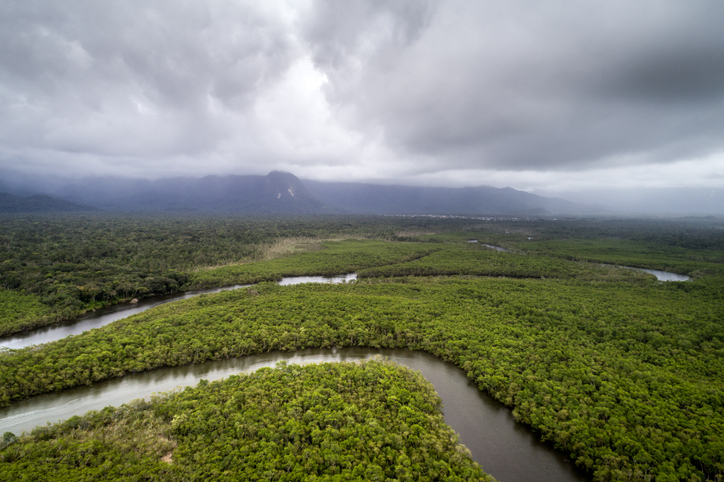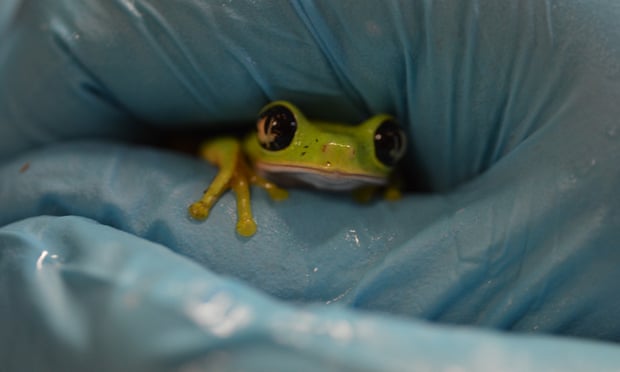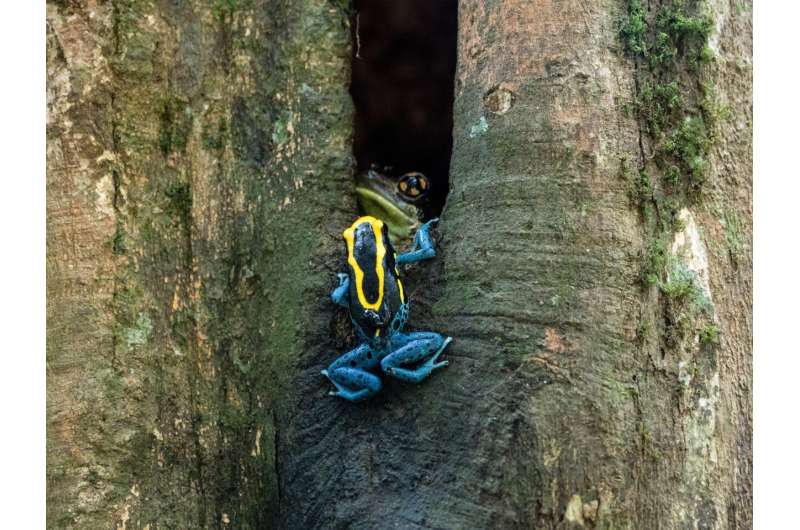En las profundidades de la selva amazónica, todavía afloran especies de las que la ciencia no tiene registro. Prueba de ello es la nueva especie de rana marsupial encontrada en el Amazonas peruano. Leer más.







En las profundidades de la selva amazónica, todavía afloran especies de las que la ciencia no tiene registro. Prueba de ello es la nueva especie de rana marsupial encontrada en el Amazonas peruano. Leer más.

Starting in 2010, rapid fire salamander (Salamandra salamandra) population declines in northwestern Europe heralded the emergence of Batrachochytrium salamandrivorans (Bsal), a salamander-pathogenic chytrid fungus. Bsal poses an imminent threat to global salamander diversity owing to its wide host range, high pathogenicity, and long-term persistence in ecosystems. Leer más.

A disease that causes mass die-offs in frogs has been found in captive UK populations for the first time, scientists have warned. Severe perkinsea infection (SPI) has caused large tadpole mortality events across the US, and this is the first proof that its geographic range is spreading. Researchers also found the disease-causing microbe in wild and seemingly healthy populations in Panama, where some of the most rapid declines in frog populations globally have occurred. Leer más.

A group of researchers from the University of Jyväskylä and Stanford University were part of an expedition to French Guiana to study tropical frogs in the Amazon. Amphibian species of this region use ephemeral pools of water as their nurseries and display unique preferences for specific physical and chemical characteristics. Leer más.

The government is poised to remove legal protection for some amphibians and reptiles. ARC’s Conservation Director, Jim Foster, attempts to explain an absurd situation and how ARC is opposing the move. Leer más.